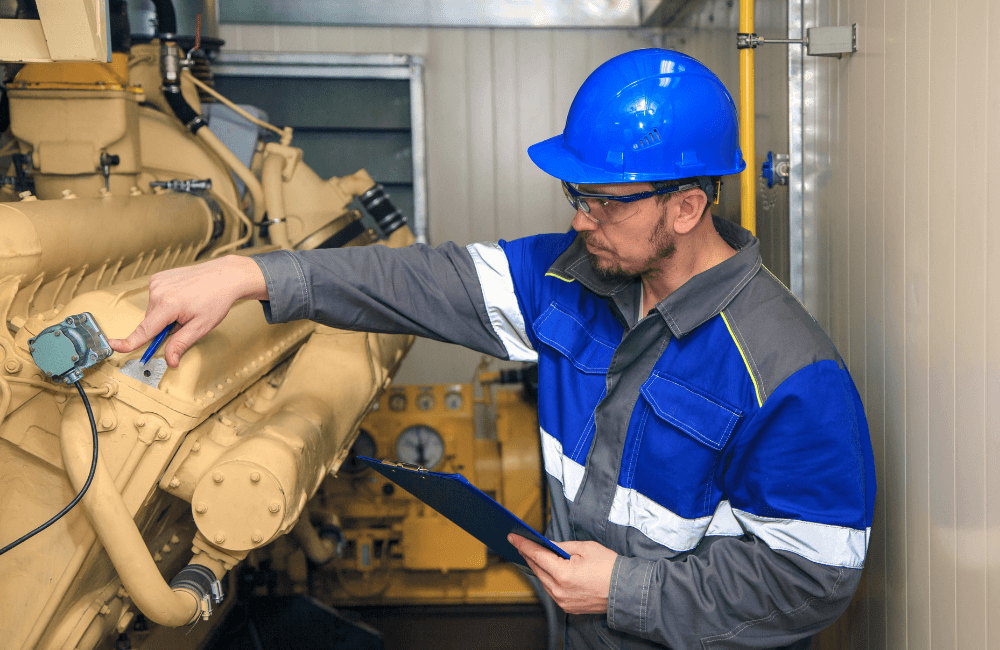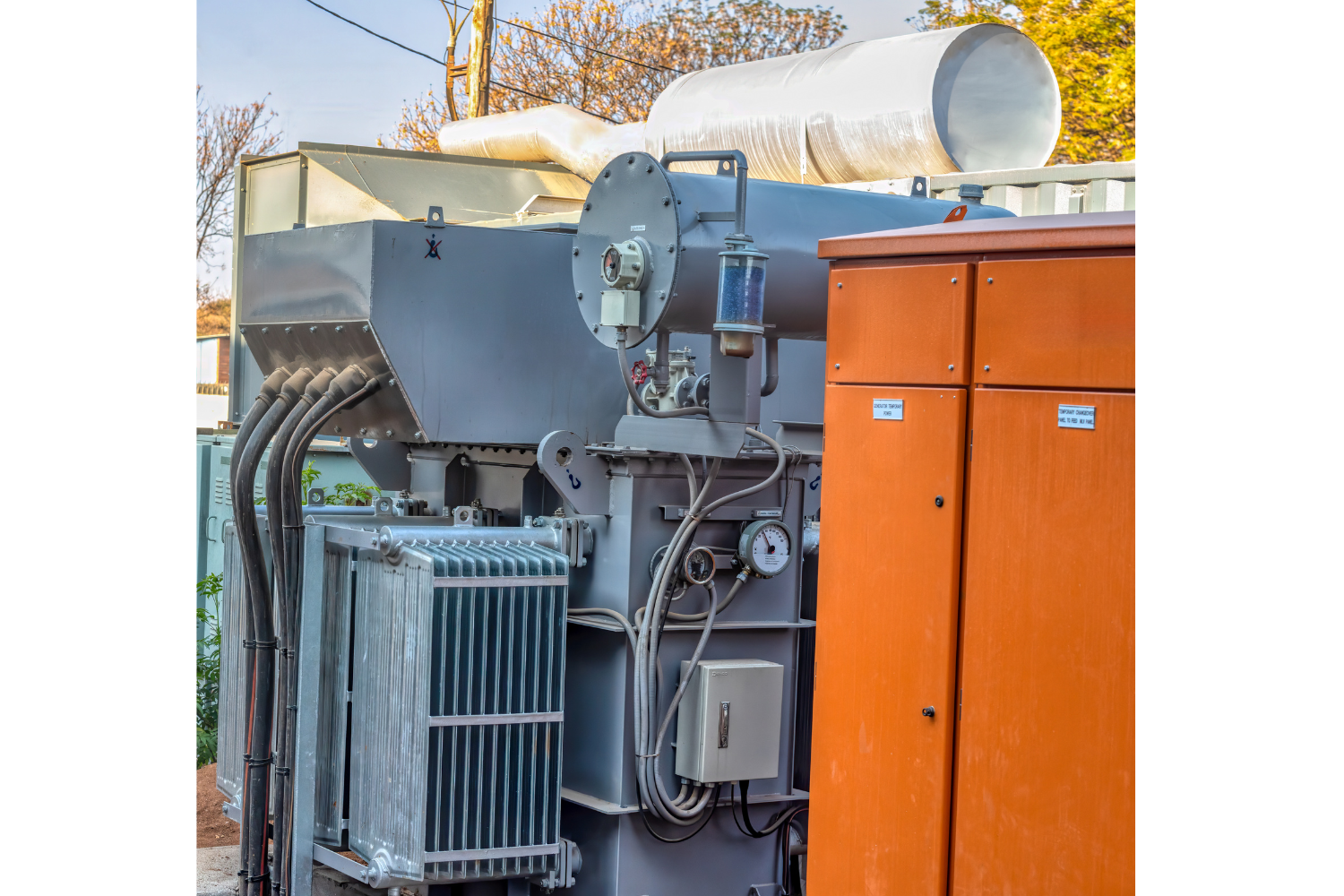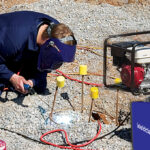No, you should not refuel a generator while it is running. It poses serious risks like fire hazards and potential burns.
Generators are essential during power outages. They keep vital appliances running. But knowing how to safely operate them is crucial. Refueling a running generator can be very dangerous. The hot engine and fuel can cause fires or explosions. Additionally, fuel spills could harm you.
It is important to always turn off the generator before refueling. This allows the engine to cool down. Safety should always come first. In this blog post, we will explore the risks and best practices for refueling your generator. Stay safe and keep your generator running smoothly.
Introduction To Generator Refueling
Generators are very useful during power outages. Proper refueling keeps them running smoothly. Refueling the right way can prevent accidents and extend the life of your generator. Always check the fuel level before starting the generator. Keeping extra fuel handy is a good idea. Remember to store fuel safely away from fire sources. Refueling while running can be very dangerous. It’s best to turn off the generator first. This can help avoid spills and fire hazards. Safety should always come first when handling fuel.
Many think refueling while running saves time. It doesn’t. It increases risk of fire and injury. Some believe generators can run on any fuel. That’s not true. Always use the recommended fuel type. Others assume it’s safe to refuel indoors. It’s not. Always refuel outdoors or in a well-ventilated area. Safety measures are often overlooked. Never ignore safety guidelines. Proper refueling is key to safe generator use.
Credit: enfieldfire.org
Risks Of Refueling While Running
Refueling a running generator is very dangerous. Fuel spills can cause fires. The generator’s engine is hot. Gasoline can ignite if it touches hot parts. Always turn off the generator before adding fuel.
Fumes from gasoline are harmful. Breathing them can cause headaches. They can also cause dizziness. Spilled fuel can irritate skin. Always use a funnel to avoid spills. Ventilate the area well. Safety is very important.
Manufacturer Guidelines
Refueling a generator while it is running is dangerous. Gasoline vapors can ignite, causing a fire or explosion. Always turn off the generator before adding fuel to ensure safety.
Safety Instructions
Most manufacturers advise against refueling a generator while it is running. This is because it can be very dangerous. The generator’s engine produces heat. Spilled fuel can ignite from the heat. This can cause a fire or explosion. Always turn off the generator first. Let it cool down before refueling. Read the user manual carefully. Follow all safety instructions given by the manufacturer. Always keep a fire extinguisher nearby.
Warranty Considerations
Refueling a running generator can void the warranty. Manufacturers set guidelines to ensure safety. Ignoring these can lead to damage. If you refuel while the generator runs, it can harm the engine. This can lead to costly repairs. Always check the warranty terms. Follow the instructions to keep the warranty valid. This ensures the generator works well and stays covered by the warranty.

Credit: totalgenerators.com
Best Practices For Safe Refueling
Always turn off the generator before refueling. Running engines can cause fires. Hot parts may ignite fuel vapors. Take extra care with gasoline. It is highly flammable. Never risk it. Safety first.
Let the generator cool for at least 15 minutes. This reduces the risk of fire. Hot surfaces can ignite spilled fuel. Wait patiently. It is worth the extra time. Safety is key.
Alternatives To Continuous Operation
Using more than one generator can be smart. It helps when you need power for a long time. You can run one while the other rests. This way, each generator lasts longer. It also reduces the risk of overheating. Always ensure to switch safely between them.
Load management is key. It means spreading power use evenly. Avoid using all devices at once. Turn off some when not needed. This helps the generator last longer. It also saves fuel. Proper load management is vital for safety.

Credit: totalgenerators.com
Emergency Refueling Procedures
Refueling a generator while it runs is risky. Using a fuel pump can help. It reduces the risk of spilling fuel. Make sure the pump is in good condition. Place the fuel container nearby. Attach the pump to the fuel container. Then, connect the pump to the generator’s fuel tank.
Fire safety equipment is crucial. Always have a fire extinguisher. Keep it close to the generator. Wear fire-resistant gloves. Have a bucket of sand ready. These steps will help in case of a fire. Safety first.
Case Studies And Real-life Incidents
Many accidents happen because people try to refuel generators while they are running. One case involved a man who spilled gasoline on a hot engine. The fuel ignited, causing a fire. He suffered severe burns. Another incident involved a family who tried to add fuel at night. The generator exploded, leading to injuries.
Always turn off the generator before refueling. Ensure the engine is cool. Never refuel in the dark. Keep a fire extinguisher nearby. Teach everyone in the house these safety rules.
Conclusion And Safety Recommendations
A generator should not be refueled while running. Fuel spills can lead to fires. Turn off the generator before adding fuel. Wait for it to cool down. This prevents burns. Use appropriate fuel for the generator. Follow the manufacturer’s instructions.
Keep a fire extinguisher nearby. Check for fuel leaks regularly. Store fuel in approved containers. Never smoke while refueling. Place the generator on a flat surface. Ensure good ventilation. Keep children and pets away from the generator. Always use fresh fuel.
Frequently Asked Questions
Can You Refuel A Generator While It’s Running?
No, it’s dangerous to refuel a generator while it’s running. The heat and sparks can ignite the fuel. Always turn off the generator and let it cool down before refueling to ensure safety.
What Happens If You Refuel A Running Generator?
Refueling a running generator can cause fire or explosion. The heat from the engine and fuel vapors can ignite. Always turn off and cool down the generator before adding fuel.
How Long Should A Generator Cool Before Refueling?
Allow the generator to cool for at least 10-15 minutes before refueling. This ensures safety and prevents fire hazards. Always follow manufacturer guidelines for specific cooling times.
Are There Safety Precautions For Refueling Generators?
Yes, always turn off the generator and let it cool. Use a proper fuel container and avoid spills. Refuel in a well-ventilated area, away from open flames or sparks.
Conclusion
Refueling a running generator is risky. Always turn it off first. Safety matters most. Hot surfaces can ignite fuel, causing fires. Plan ahead to avoid mid-use refueling. Follow manufacturer guidelines for best practices. This ensures a longer generator life. Prioritize safety to protect yourself and your equipment.











